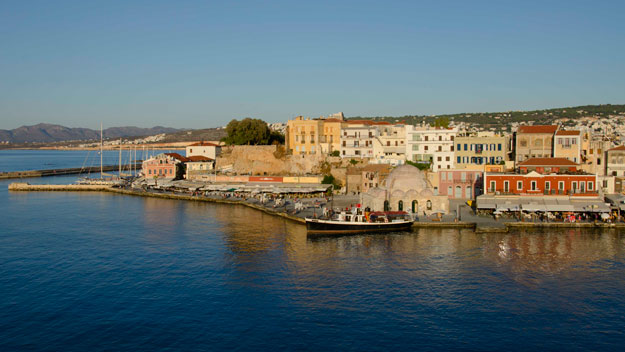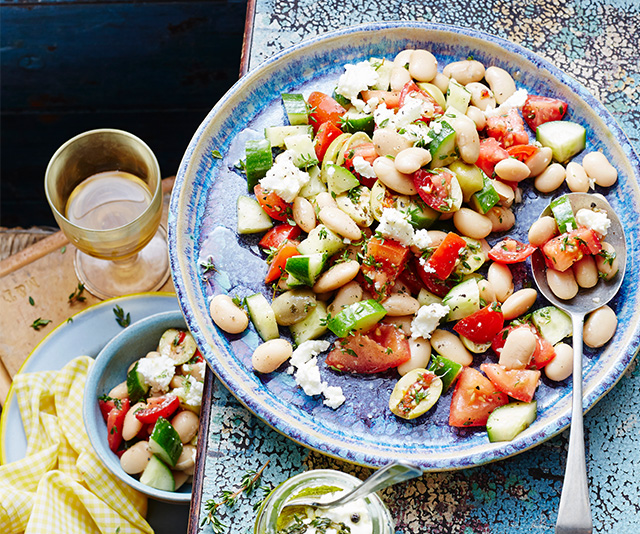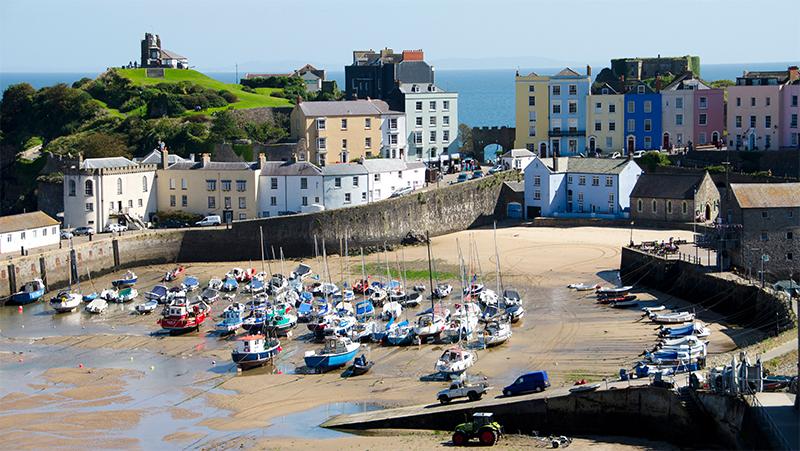A week at the beach drives some people doolally. Yes, doolally – it’s a word that originates in India, where British soldiers at an army transit camp called Deolali often lost their marbles due to heat and boredom.
That’s exactly what happens to me on a beach holiday. The sand may be silky, the sea turquoise and the palms picture-postcard perfect, but seven days of it … Well, I’ve been to Deolali and never want to go there again. I love the beach, but not for a week.
A cool dip is a tonic, especially after a visit to a temple. And it doesn’t have to be a temple – it could be a bustling food market, a medieval port, lunch at a mountain-top taverna, a hike through a gorge or a stroll around the palace of an ancient civilisation, where the frescoes are so beautiful they almost make you cry.
The point is a holiday should have substance – layered experiences of relaxation, a few expeditions and plenty of rewards. YOU choose the destination and the pace – and when you’re satisfied the day is done, whether that’s at 11am or 3pm, it’s time to head to the beach or the bar, whatever tickles your fancy.
A destination where you can balance being a beach bum with a little exploration is Chania (pronounced Hania), in north-west Crete. The place has pedigree. In the mists of time, it was a fishing village; then a 6th century Arab trading centre and Byzantine port, before the Venetians took over in the 12th century. After which it blossomed as a cosmopolitan playground under the Ottomans in the 17th century.
Hence, it’s a compelling and seductive blend of Arabia, Byzantine, Venice and Constantinople. In fact, this little harbour town is so full of history, it has more UNESCO World-Heritage buildings than you can poke a stick at.
There’s a lighthouse, circa 1595, at the end of the sandstone harbour wall; Byzantine ruins, Venetian palaces and lofty maritime centres, traditional Ottoman mansions, mosques and churches, cobbled streets and vine-covered courtyards, plus several markets and craft shops. And it’s all on a human scale. No huge cruise ships anchor here, like they do at the port of Rethymnon, an hour’s drive east. Chania’s harbour was built for schooners and galleons – not container ships the size of a Greek island.
The town beaches are pleasant enough, but 20 minutes away by car on the Akrotiri Peninsula is a sandy cove called Stavros, sheltered by an awesome mountain of biblical beauty. So pristine is this beach, you could imagine the gods of Mount Olympus bathing here.
Back in Chania, there are dozens of fine restaurants. Take your pick. There are numerous Greek tavernas, such as Taman, at 49 Zambelion, Jewish Quarter; and Turkish grills, like Well of the Turk, at Kallinikou Sarpaki 1-3; several Italian trattoria, including Kariastis, at Katechaki 12, Old Harbour; a French bistro and a Japanese garden establishment, where you can eat sushi under vines heavy with fresh grapes. Select your habourside restaurant with care. A high turnover of tourists doesn’t guarantee quality – in fact, the opposite is often true – and those on the waterfront are always crowded. If you want to eat the freshest fish from a table on the beach with the locals, catch a taxi to Thalasino Ageri – it’s sublime.
And a place to stay? Those after a 5-star treat should look no further than the fabulous Casa Delfino Hotel, an exquisitely renovated Venetian palace, in the old town, with a divine courtyard and mesmerising views from a roof terrace. Alternatively, there’s the bargain three-star Pandora Hotel/Suites, on the other side of the harbour, which, like Casa Delifno, has an elevated, quiet position off the harbour promenade, and equally good views from a roof terrace. The Pandora is not as chic as Casa Delfino, but it is a third of the price and quite lovely.
Spice up your holiday with an adventure. On the south coast, three-and-half hours by car, via Rethymno and the mountain spa town of Spili, is Agia Galini, a dazzlingly white wedding cake-type of town overlooking a turquoise bay. Nearby is the ancient Minoan palace city of Phaistos and a little further along the road is the Minoan/Roman ruins of Gortyn — once a large ancient town.
An overnight stay at Agia Galini and a two-and-half drive north will take you passed Phaistos and Gortyn to Crete’s capital, Heraklion, and its Archaeological Museum with its treasure trove of Minoan finds and frescoes. The Minoans left behind those spectacular seascapes of cavorting dolphins and lissom youths somersaulting over bulls.
Twenty minutes south of Heraklion is Knossos, an ancient Minoan capital (circa 1750BC), which many suspect was once the home of King Minos and the site of legendary labyrinth of the minotaur. From 1901, eminent archaeologist, Sir Arthur Evans, not only excavated site, but also reconstructed the palace – the results are dazzling. It opens at around 8am. Get there early when it’s quiet; by 9.30am it’s swarming with tourists who come by the coachload.
For those who love a challenge, there’s the Samaria Gorge. A trek along its 16-18km length takes between five and six hours. It’s said to be “Europe’s longest” canyon. It’s definitely an all-day excursion with an early start. Go with a tour company which will pick you up and organise your return. At trek’s end, there’s a glorious beach and at the nearby village, Agia Roumeli, where a boat will take you to either Loutro or Hora Sfakion, where your original bus will whisk you back to Chania. Just remember, the day after the trek, you’ll need a day lounging on the beach.
One last tip: avoid the peak European summer season and settle for the northern spring or autumn. I’d suggest late September/early October – the crowds have gone home, the skies are still blue and the heavy summer heat is well on its way to the Southern Hemisphere.


